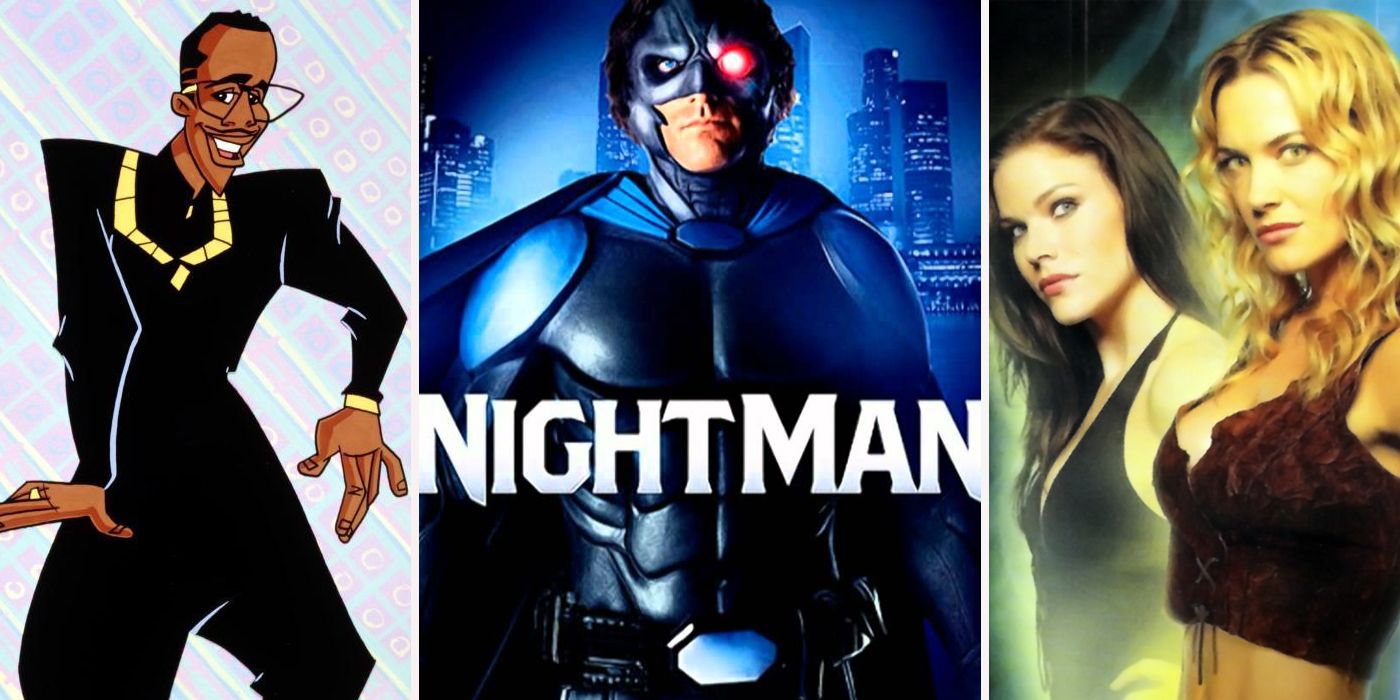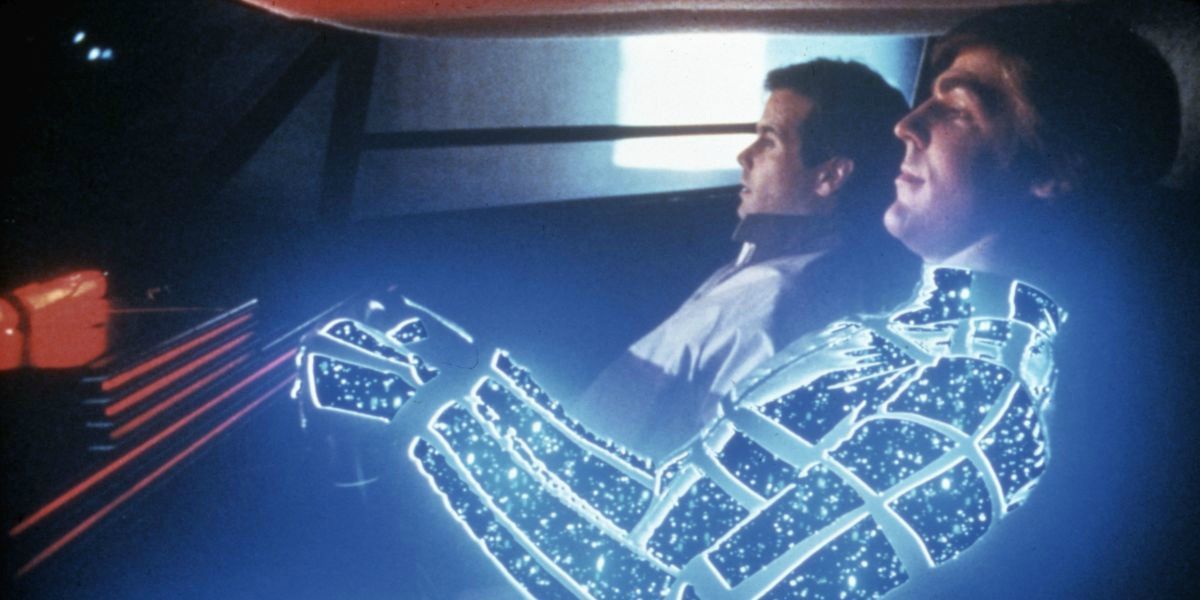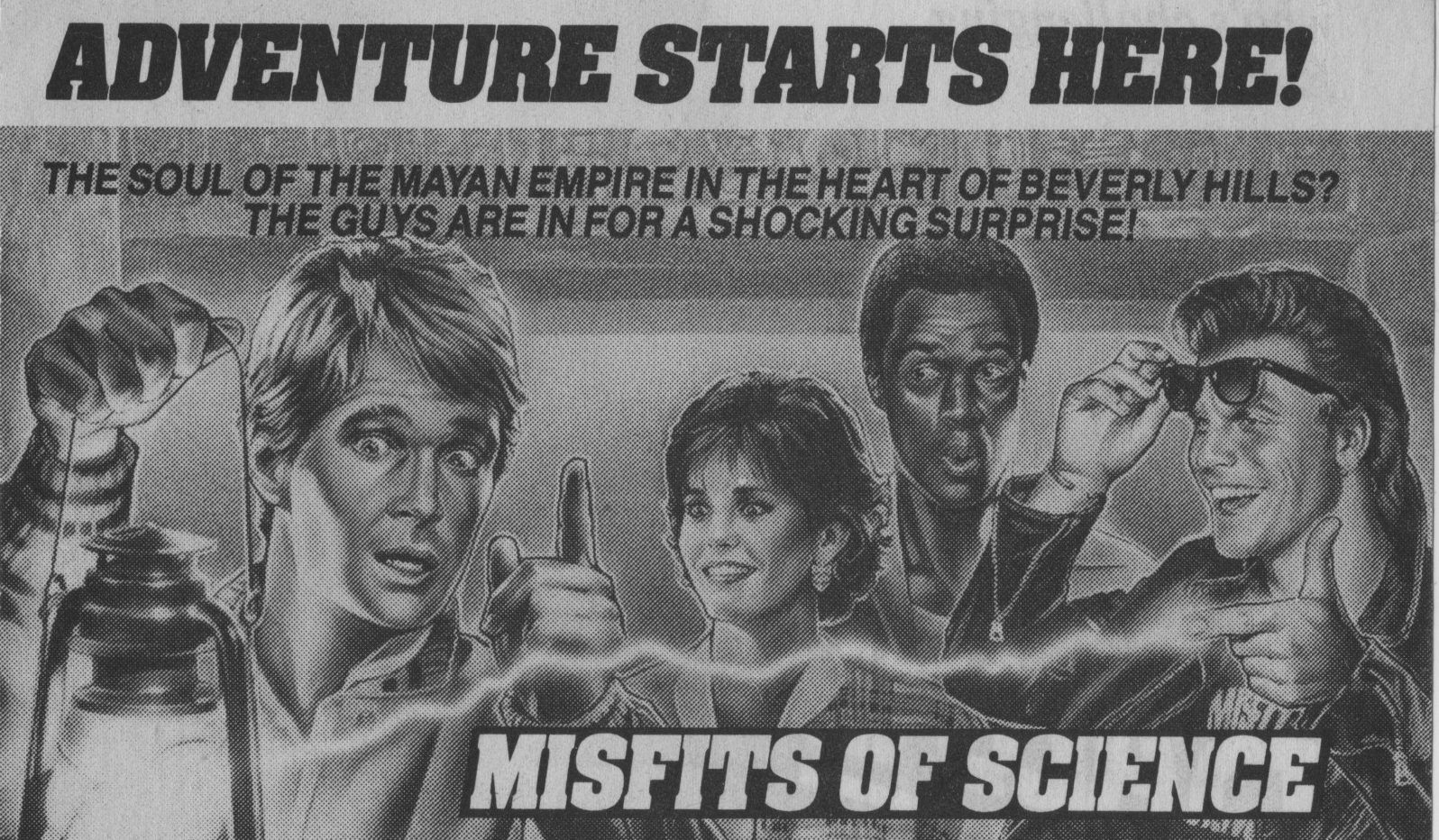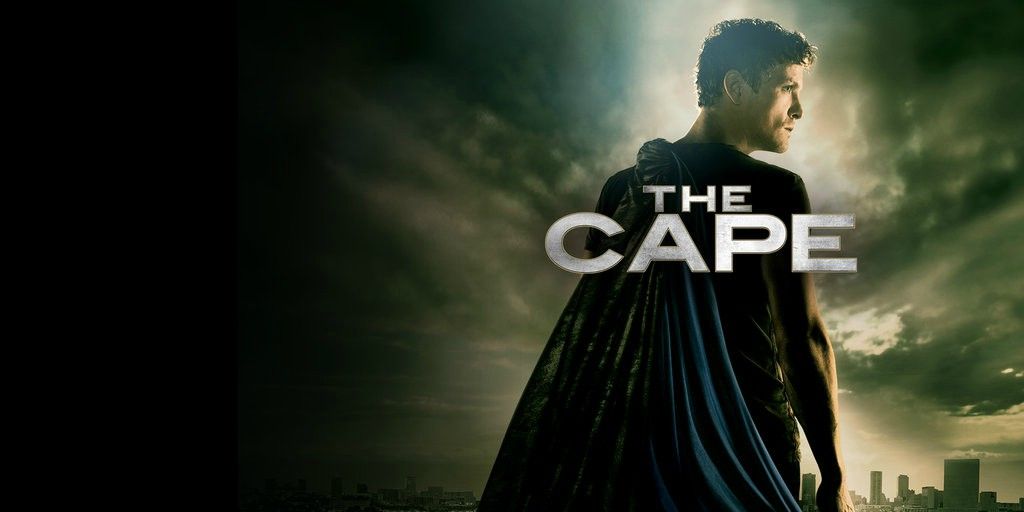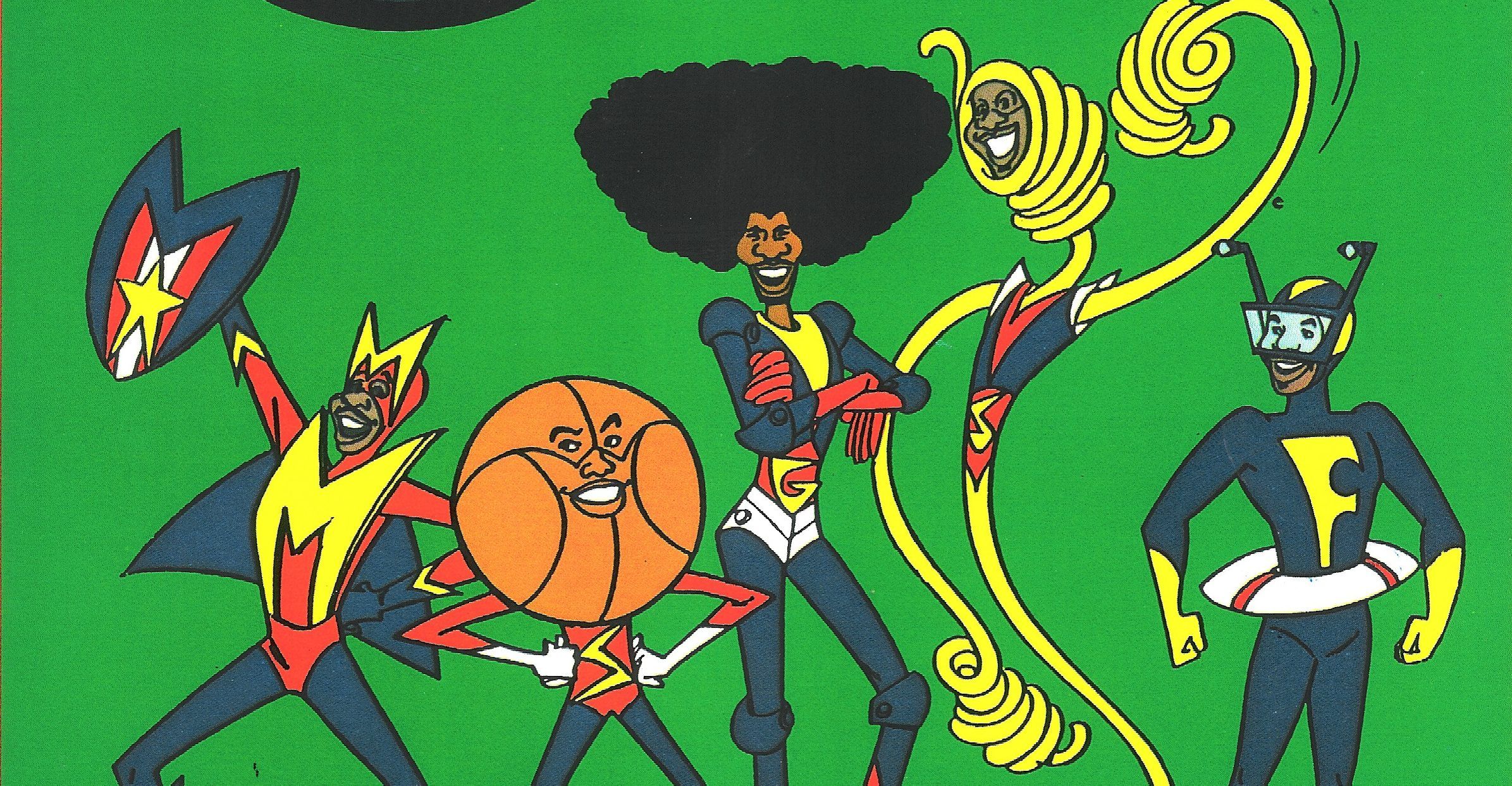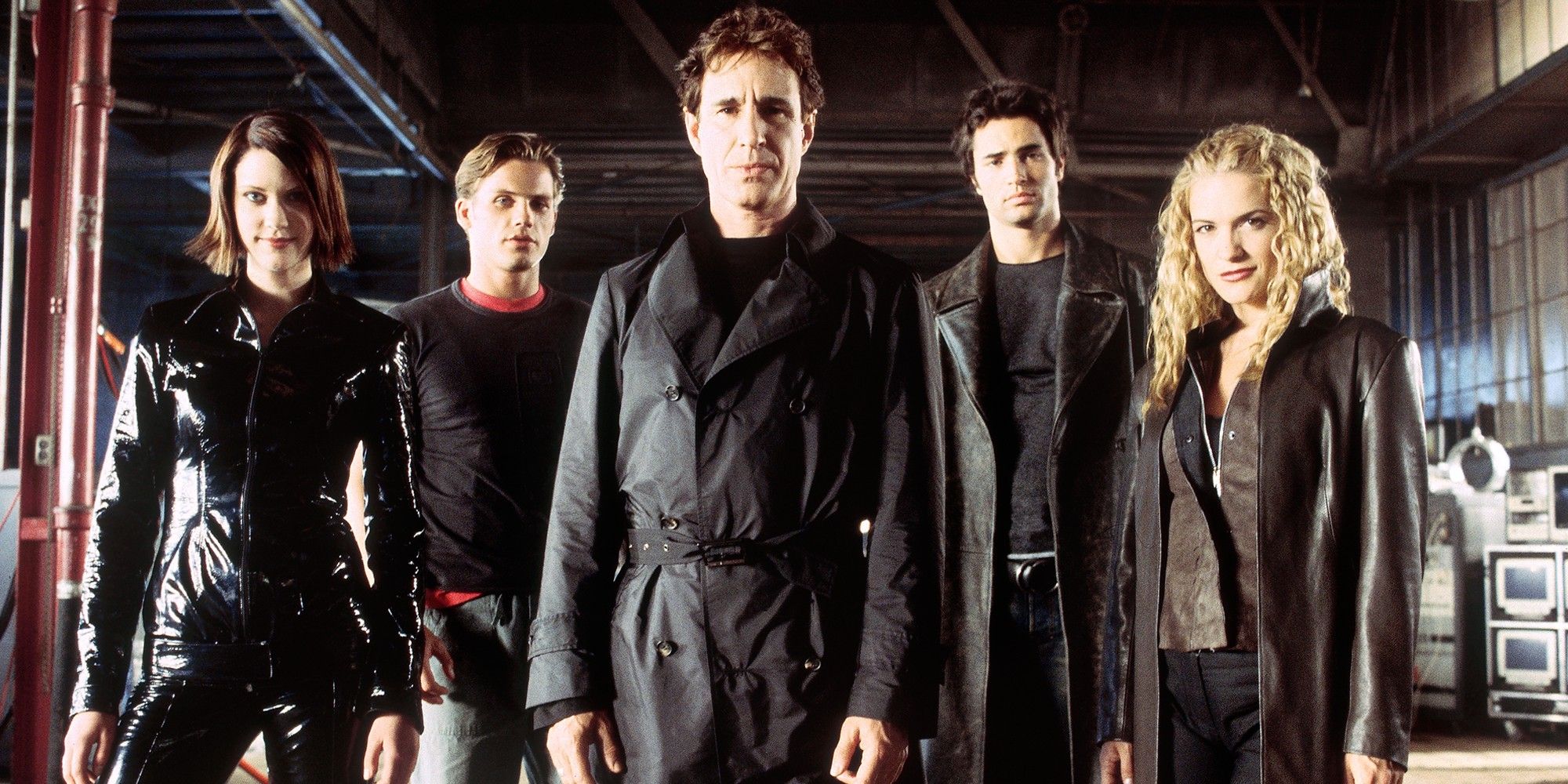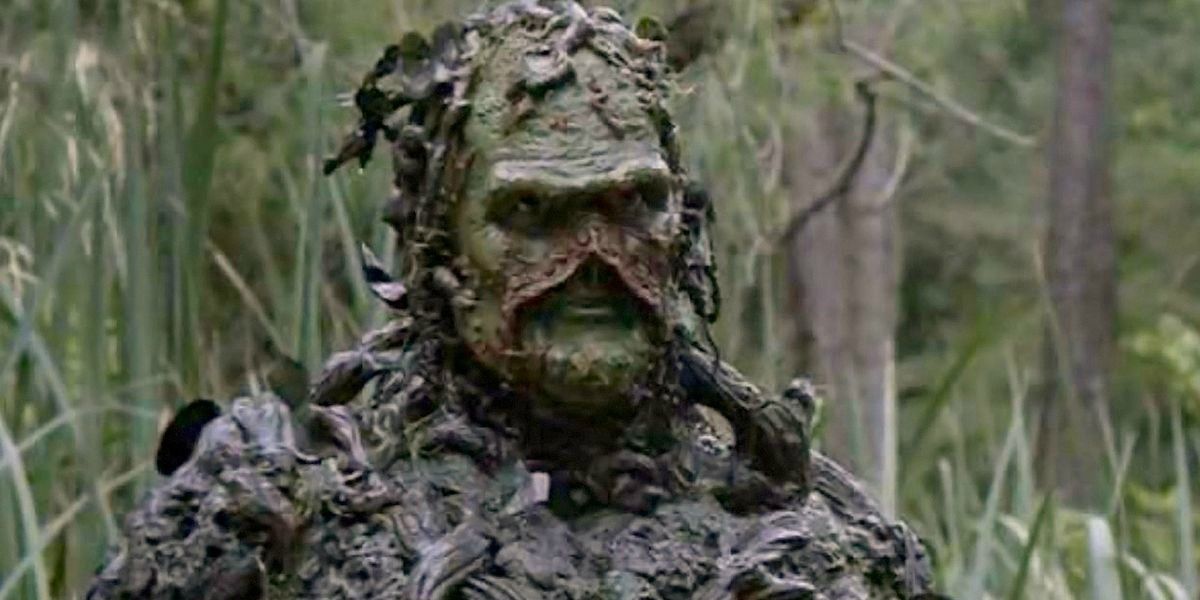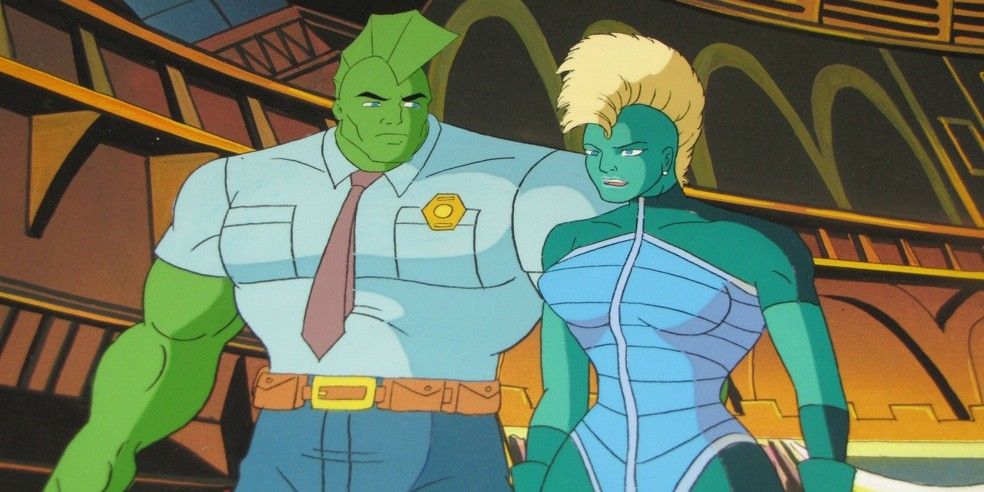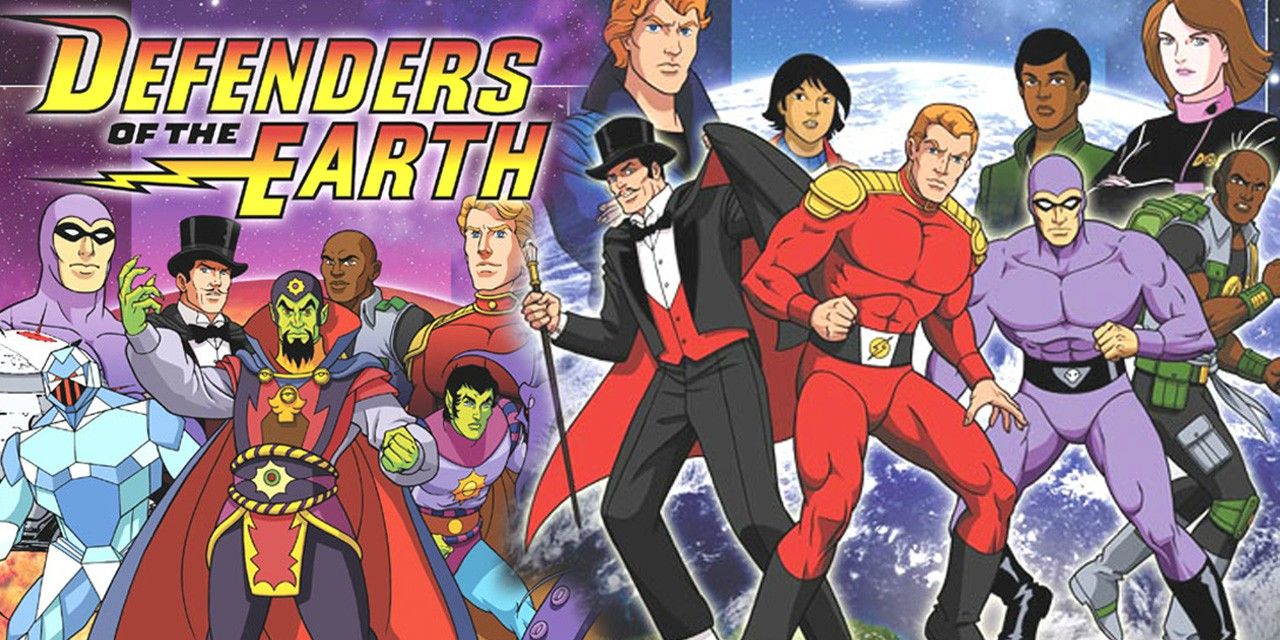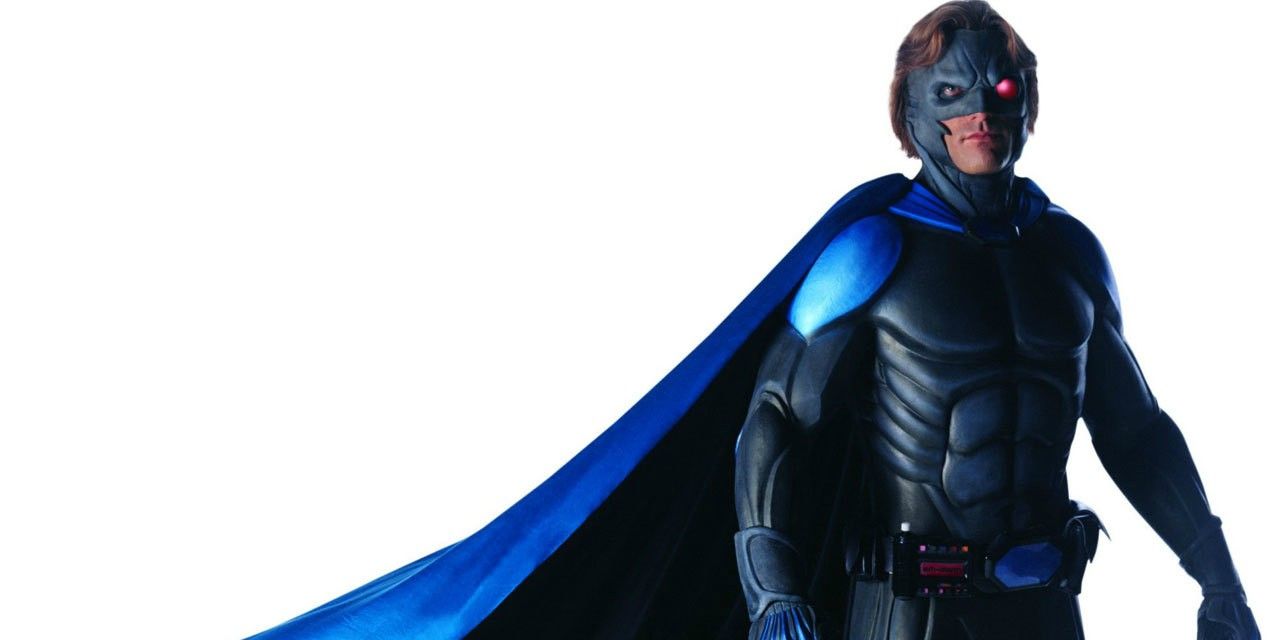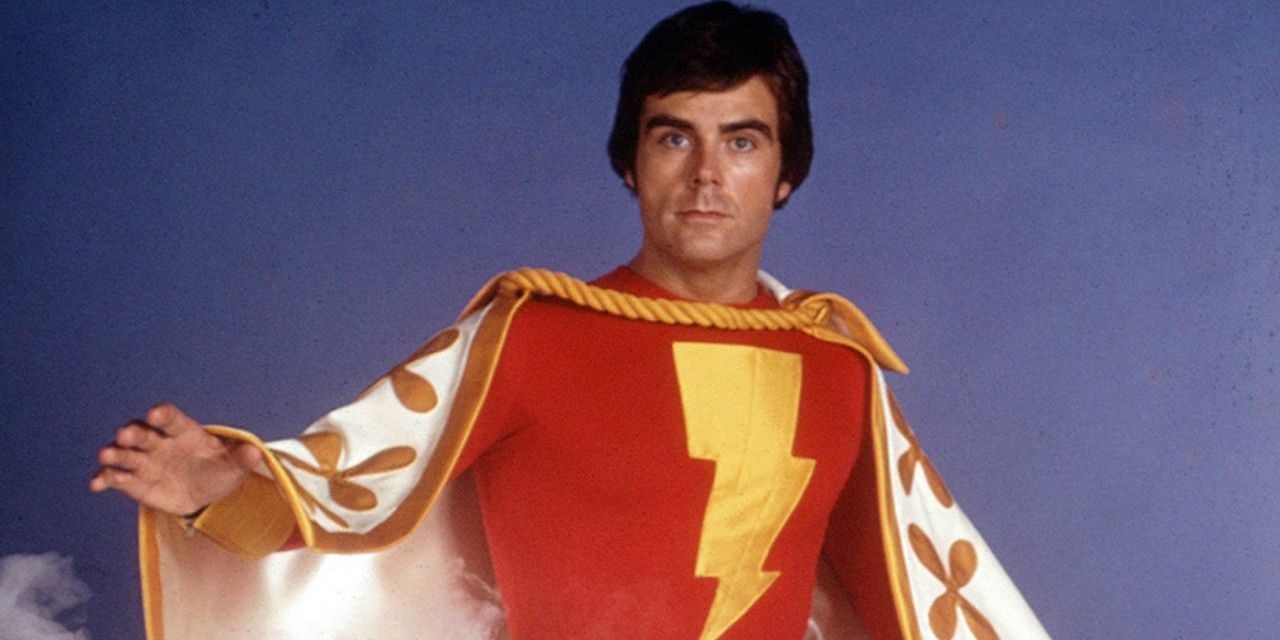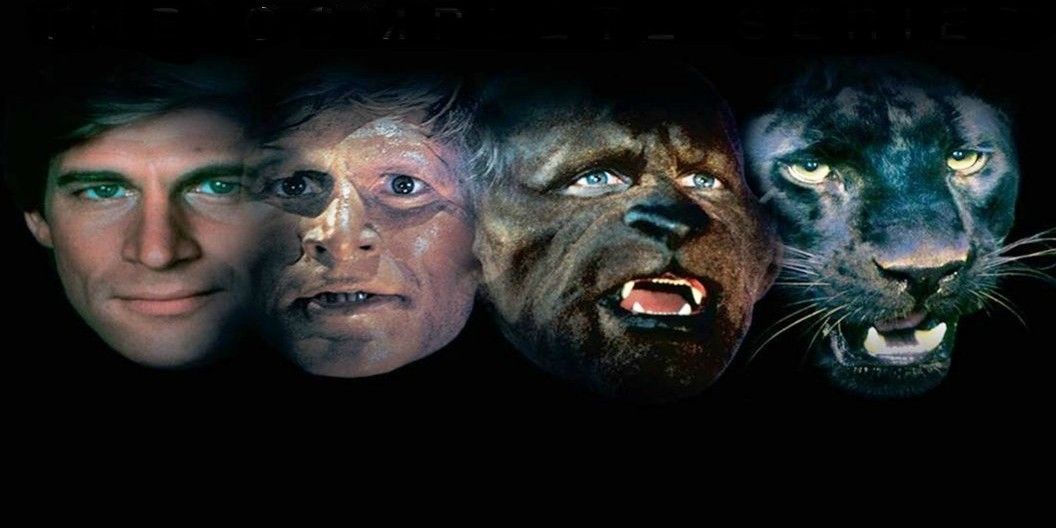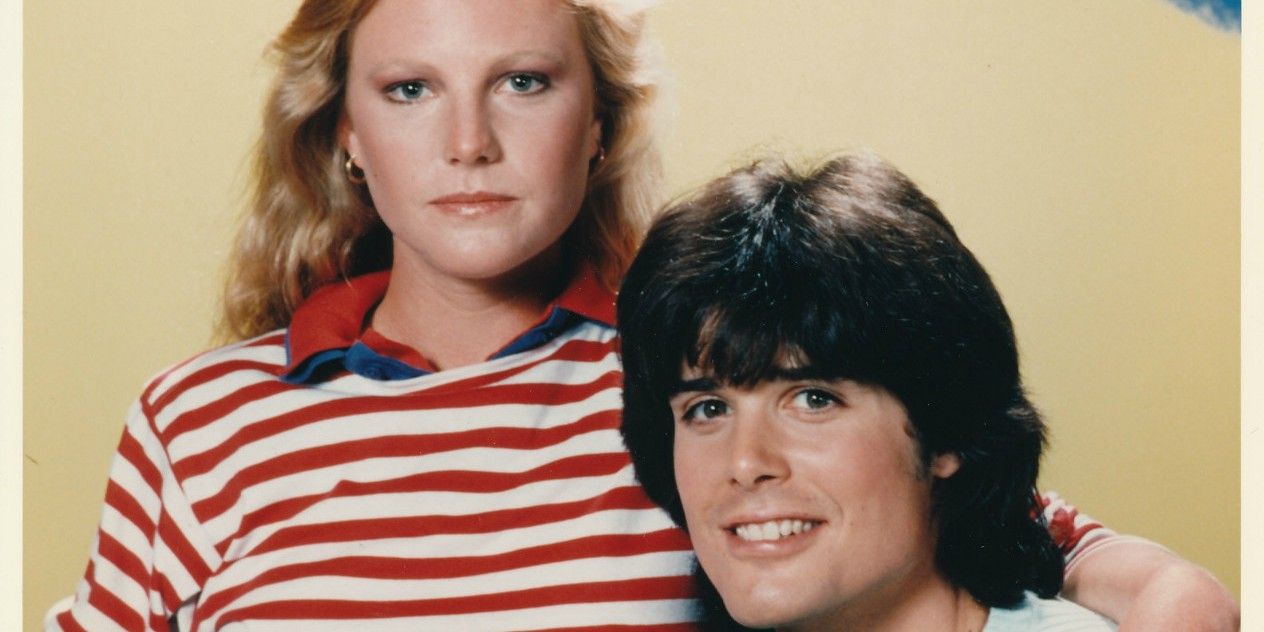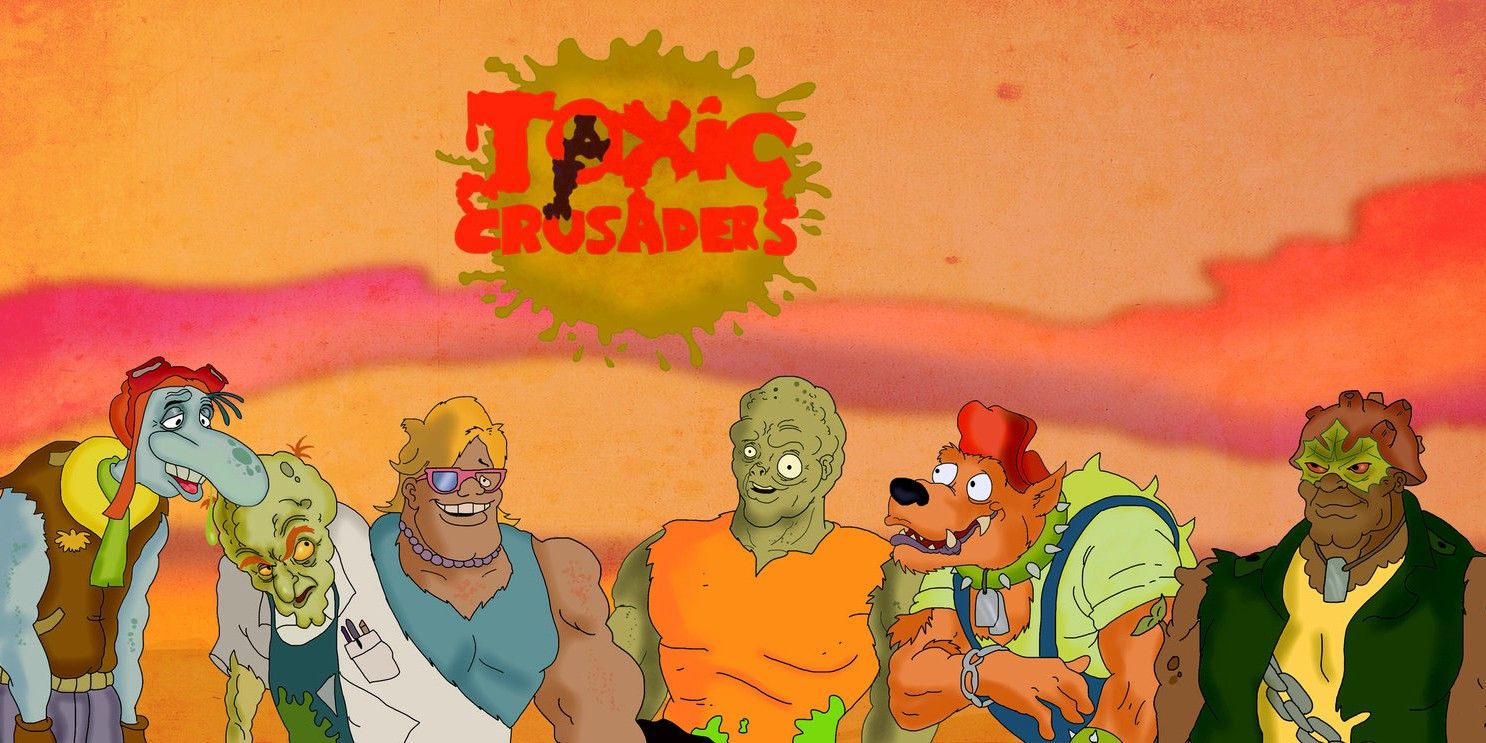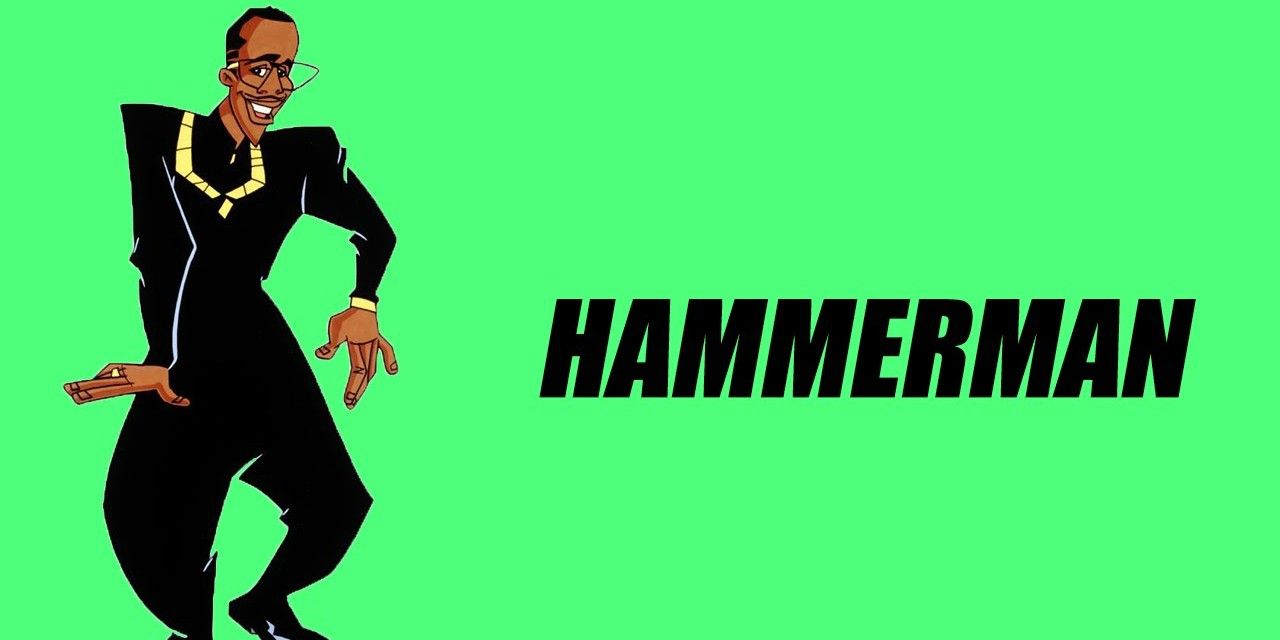In the current age of Peak TV, fans of genre television are definitely getting spoiled. Horror fans get Hannibal and American Horror Story, science fiction fans have Westworld and Stranger Things, and fantasy buffs are enjoying Game of Thrones and American Gods.
Fans who have been waiting for great superhero storytelling have an abundance of riches at their disposal, from the various Netflix Marvel offerings to Gotham, Arrow and FX’s Legion.
However, before viewers get too complacent and accustomed to the fantastic offerings at their fingertips, it’s a good idea to remember where superhero storytelling was just a few short years ago. When it began in 2006, NBC’s Heroes seemed like a strong and intelligent series, but by the time it limped into its third and fourth seasons, it was clear that television still hadn’t cracked exactly how to make longform superhero storytelling compelling.
However, at the very least, Heroes started strongly. There are superhero series which were uninteresting, awkward, dumb, or poorly made right from the beginning, and superhero fans watched them because they had no other options.
Here are the 15 Terrible Superhero TV Shows You Completely Forgot About.
15. Electra Woman and Dyna Girl
In 2016, two of YouTube’s most popular stars, Grace Helbig and Hannah Hart, starred in an eight-part online series called Electra Woman and Dyna Girl. It revolved around two small-time superheroes in Akron, Ohio who accidentally find themselves with major attention and the promise of a new life in Los Angeles after a video of them stopping a convenience store robbery hits it big on the internet.
The show was fairly well-received, but more notable than the new series is the series upon which it is based. In 1976, producers Sid and Marty Krofft, who were responsible for kids’ series like HR Pufnstuf and Banana Splits, created the first version of the female-driven superhero series as segments in The Krofft Supershow.
The show was a parody of the Adam West Batman series, which is strange because the show was already satirical of superhero tropes. Nowhere near as clever or winking as West’s incarnation of superheroics, the segment was removed from the series after a single season, and an CW pilot for a relaunch of the series never made it to air.
14. Automan
Producer Glen A. Larson is well-known for making carbon copy versions of popular movies and turning them into television series. He even gained the nickname Glen A. Larceny for the amount of work he ripped off: Quincy M.E., Battlestar Galactica, and B.J. and the Bear were all series born out of the recent popularity of a similarly-themed movie.
In the case of Automan, it was less of a theft and more of a partnership. Larson teamed with producer Donald Kushner, who had just completed the big-screen video game action film TRON, and together they found a way to shape many of the video game stylistics of the film into a continuing television series. Unfortunately, much of what made it a recurring series also made it clichéd and clunky.
The fantastical world of the video games is never seen, opting only to pull a video game character into the real world. His costume is momentarily compelling, but interest wears out quickly. Automan’s partner, the nerdy police computer programmer played by Desi Arnaz, Jr., is as hammy as Chuck Wagner’s performance is bland. The show was cancelled after 12 episodes.
13. Misfits of Science
Misfits of Science wins the award for biggest gap between potential and execution. On its face, the series seems like a mid-eighties television network version of X-Men; in fact, it was so close to X-Men in some ways that Marvel did a bit of complaining. A character in the pilot, a cryogenically preserved man who can freeze whatever he touches, hit a little too close to home for Marvel, and he had to be dropped from the rest of the series.
The rest of the characters were the expected types: a scientist mentor with no powers who brings the team together, a rock musician with the power of electricity, a troubled telekinetic, and a seven-foot man who can shrink to the size of a doll. There are a few familiar faces, including Courtney Cox as the telekinetic, and Kevin Peter Hall as the shrinking man, famous for his performance as the Predator.
The series was created by James D. Parriott, who worked on The Six Million Dollar Man and The Incredible Hulk, so he seemed like the right man for the job. However, the series never clicked with audiences, and it was cancelled after fifteen episodes.
12. The Cape
Though Tim Kring’s Heroes started off strongly, many said it was network interference that kept the show from continuing its great run past season two. It ended with a dismal season four in 2010. In case anyone wondered if it was Kring’s fault or NBC’s, The Cape can settle this argument.
In 2011, one year after Heroes ended, NBC tried their hand at superheroics again with The Cape, a sincere and pulpy throwback to classic superhero stories of the golden age that took place in a modern fictional California town.
Complete with an archvillain, a hero who dons a mask to protect his compromised identity, and even a group of loveable rogues called The Carnival of Crime, the series tried to be an antidote to the complicated anti-heroes television was replete with at the time.
Unfortunately, the series was not as compelling as it was sincere. Good performances from James Frain and Keith David couldn’t make up for the lame super-power (awesome cape manipulation? Really?) and the terrible super-monikers (Chess, Dice, and Pokerface) that sounded more fun than menacing. Only ten episodes were produced.
11. The Super Globetrotters
It sounds like a hilarious fake show that someone might pitch in a comedy, but somehow The Super Globetrotters was an actual series itself. As a spinoff of the animated Harlem Globetrotters series that ran for two seasons on CBS in the early 1970s, and featuring much of the same cast, this high-concept series essentially just took the basketball team and gave them all very specific and unusual powers.
Turning into water, ladders, bouncing balls, or simply having an enormous afro in which he could hide gadgets (?), the Globetrotters used their abilities to thwart the villain of the week.
The Globetrotters have made some strange appearances, from Gilligan’s Island and The Love Boat to a guest appearance on Scooby-Doo, but this series was by far the strangest. They were alerted to trouble by a talking satellite called Crime Globe, and had villains like Bwana Bob and Attila the Hun who come across as fairly culturally insensitive today.
Notable mostly for the vocal performances of Scatman Crothers and voice performer extraordinaire Frank Welker, the series lasted only thirteen episodes.
10. Mutant X
Once upon a time in 1998, Marvel Comics created a mini-series about X-Men's Havok being tossed into an alternate dimension and becoming the leader of an X-team unlike anything he’d seen before.
The series was called Mutant X, and it proved so popular that it ran for nearly four years. It came to an end in 2001, but luckily for fans of the comic, Marvel announced that a new television series called Mutant X would be premiering the same year.
Unfortunately, it had nothing to do with the comic other than the title. A mixture of The New Mutants, standard X-universe concepts, and a shady government agency angle, Mutant X was a Canadian-produced Marvel series that had nothing to do with any X-Men property. This was solidified by a lawsuit Fox brought against Marvel because of their rights to the X-Men universe were already being utilized on the big screen.
A relic of the Avi Arad-run Marvel era, the series was an inexpensive syndicated series abruptly cancelled after season four, left on a cliffhanger. That there has been little to no interest in seeing the story concluded shows its lack of popularity in fan’s memories.
9. Swamp Thing
Created in 1972 by Len Wein and iconic horror artist Bernie Wrightson, Swamp Thing is an unconventional and extremely compelling comic book character. The exploits of the phantom of the swamp have been written by comics luminaries like Alan Moore, Neil Gaiman, Grant Morrison, and Mark Millar.
It’s an impressive run for an impressive character, so when a TV series about him was announced, which would be developed by Psycho writer Joseph Stefano, fans had all the more reason to be hopeful.
Reprising his role from the two Swamp Thing feature films, stuntman Dick Durock endured the make-up once again. His performance is commendable, considering the restraints of the costume and the unreasonable amounts of dialogue he learned per episode, but the series doesn’t live up to the effort he put into it. Stefano left after the first handful of episodes, and the shift in tone is noticeable.
The series was never directly adapted from the comics, but it started to drift even further away, becoming an anthology-style series where Swamp Thing was more an observer of other people’s stories than the main character. It had good ratings in USA at the time, but it hasn’t aged well.
8. The Savage Dragon
In 1992, several Marvel writer/artists left to start their own comics company, and Image Comics was born. One of the first and longest-running series of the Image Comics label was Erik Larsen’s The Savage Dragon, a wild romp of a comic book. It has been running successfully for 25 years, so it’s no surprise that it would end up on screens in some capacity.
However, fans received a disappointing permutation. Coming only three years into the run of the comic book, TV producers struck while the property was hot, but in their attempt to rush it to screen, it lost much of what had made the comic book great.
Aside from severely editing content from the comic (which was always a bit mature), the flat animation style and static backgrounds took the story from fun and quirky to awkward and laborious.
The normally fantastic Jim Cummings was a bad fit for the voice of Savage Dragon, and the series managed to stick around for two seasons before being cancelled. It did last one season longer than its Image Comics partner Wild C.A.T.s, which was also turned into a disappointing animated series.
7. Defenders of the Earth
Back before producers were obsessed with trying to franchise characters into one enormous shared universe, Defenders of the Earth was a unique and intriguing concept: take three comic strip heroes and pit them against an uber-villain. That’s what they did, uniting Flash Gordon, The Phantom, and Mandrake the Magician against the evil Ming the Merciless. With a great concept like that, what could go wrong?
Tone, for one thing. Because the characters come from three different storytelling styles, the series was a little schizophrenic, battling jungle creatures one week and space villains the next. The series lasted 65 episodes, but it never seemed to find a consistent sensibility.
The quality of animation shifted as well, with characters changing style and even color throughout the run, and though the voice performances are committed, some of the dialogue is sub-G.I. Joe in quality.
The series is noteworthy for having theme song lyrics written by Stan Lee himself, and Marvel’s children’s imprint Star Comics later did a comic book version of the series, though it only lasted four issues.
6. Night Man
With a weird amalgamation of superhero clichés and bad television tropes, Night Man began its life as part of Malibu Comics. In it, a jazz saxophonist gets alien shrapnel in his head after a cable car accident, and develops insomnia and the ability to read people’s evil thoughts. This is a strange set of abilities, but it works well enough in a comic book setting.
Converted to television, however, it doesn’t work so well. Producer Glen A. Larson messed with the character’s origin, changing the shrapnel into a lightning strike, and having the character pilfer a super-suit to give him more abilities. The show describes his telepathic abilities as akin to tuning into an "evil" frequency. He is still a jazz saxophonist, though.
Clunky dialogue and costume aside, the show was notorious for its weird cameos. Larson brought his 1980s TV hero Manimal out of deep freeze for an episode appearance, and the series boasts other appearances from Taylor Danes, Little Richard, Jerry Springer, and Donald Trump. The series limped along for two syndicated seasons before being cancelled.
5. Shazam!
Fans excited for Dwayne Johnson’s appearance in an upcoming live-action version of DC Comics’ Shazam might be surprised to learn this will not be the first live-action appearance of the character. TV got to Shazam before movies did, and the result was not what anyone would consider iconic or memorable.
Filmation was a production studio known for their live-action and animation offerings from the 1960s through the 1980s, from He-Man and She-Ra to Fat Albert and Star Trek: The Animated Series. Piggybacking off of their success in adapting a series of comics characters like Superman, Superboy, Aquaman, and Archie, Filmation brought Shazam’s Captain Marvel to life in 1974.
It kept the same origin, with young Billy Batson turning into Captain Marvel after yelling the magic word, but other changes for the show were strange and laughable. Batson talked to cartoon gods, had a mentor either named Mentor, had no supervillains from the comic, and traveled around the country in a motorhome. It ran for three seasons, paired for the last two with Egyptian goddess superhero series Isis.
4. Manimal
Boy, Glen A. Larson is lucky that he made Battlestar Galactica, or he might be remembered solely for the number of blatant ripoffs and failed series he produced. One of the oddest shows for which he has become notorious is Manimal. Dr. Jonathan Chase, played by the man with the most British name ever-- Simon MacCorkindale-- has the ability to shapeshift into the form of any animal he wishes.
What does he do with this power? Mostly, he helps his lady detective friend solve crimes by turning into a hawk and a black panther over and over again. Why not flex his powers and transform into some of the most exotic animals in the world? Because it costs money to train and photograph them, that’s why.
As if the central premise weren’t silly enough, Chase would always transform into animals while fully clothed, and when he transformed back, his clothes were somehow on him again. Mystical powers? Nope, just poorly thought-out story execution.
The series was put on hiatus after five episodes, then officially cancelled after the remaining three produced episodes aired. The show is not well-remembered, but Will Ferrell is planning a new adaptation.
3. The Powers of Matthew Star
Steven E. DeSouza is a powerhouse writer, having brought scripts for memorable adventures to big and small screens such as Die Hard, 48 Hrs., The Bionic Woman, and Knight Rider. He has numerous hits, but his rare critical and commercial failures are notable, from The Flintstones to Hudson Hawk to the hybrid sci-fi high school drama The Powers of Matthew Star.
On its surface, it seems like a hybrid of Jupiter Ascending and Buffy the Vampire Slayer: a young man navigates his way through school while learning he is an alien prince with amazing powers, and is being hunted by the FBI.
However, the comparisons stop there. Clunky exposition, wooden lead roles from Peter Barton and Amy Steel, and a sudden shift in basic premise halfway through the season made for a problematic series.
The show had an impressive crew that borrowed heavily from the Star Trek creative team, and Louis Gossett Jr. does his best to bring gravitas to his mentor role, but the series never connected with audiences. It ended after 22 episodes, oddly airing the original pilot (titled The Powers of David Star) as its final episode.
2. Toxic Crusaders
Though there are legions of fans who swear love and allegiance to Troma, the ultra-low-budget studio that specializes in weird horror and comedy films, even its die-hard devotees won’t tell you that the films are objectively great movies.
They’re simply fun, shocking, bizarre movies. Fans also wouldn’t say that nearly any Troma film would be appropriate for all-ages viewing, or that any of its plots would make sense to convert into an animated TV series aimed at children. Somehow it happened, though.
With adaptations like Rambo: The Force of Freedom and Hulk Hogan’s Rock ‘n Wrestling, TV cartoons were branching out to adapt commodities from other mediums. In the midst of this, a television producer saw The Toxic Avenger, in which ruffians run over and murder people and take photos of the resulting carnage, and oddly came to the conclusion that it would make a great cartoon.
The show was given a kid-friendly polish, and the mutants were turned into environmentalists fighting aliens from the planet Smogula. This didn’t solve the show’s problems of frighteningly deformed heroes and an oddball sense of humor, though, and the series only ran 13 episodes.
1. Hammerman
One of the strangest phenomena of children’s cartoons is the celebrity-driven series. Often, studios will want something driven by a popular and recognizable face, as in the case of Bo Jackson, Wayne Gretzky, and Michael Jordan in Pro Stars or Louie Anderson in Life with Louie.
As often as not, the celebrity isn’t interesting to kids or has waned in popularity by the time the show premieres, and feels dated and ridiculous. This was the case for Hammerman.
There were a lot of problems with this series starring MC Hammer as mild-mannered youth center worker Stanley, who becomes a dancing superhero named Hammerman when he puts on magical shoes.
The first problem is obviously the premise, while the second is the MC Hammer theme song that chronicles the exploitation-era roots of Hammerman. Additionally, the third is the live-action closing moments in which a puppet version of the shoes talked to an audience of children viewers and helped them figure out how to deal with the social issues portrayed in the episode.
Three episodes were released on VHS in the 1990s, but the series never appeared on DVD. There are no plans to do so, which is probably for the best.
---
Do you know of any other terrible superhero TV shows that have been completely forgotten? Let us know in the comment section!

